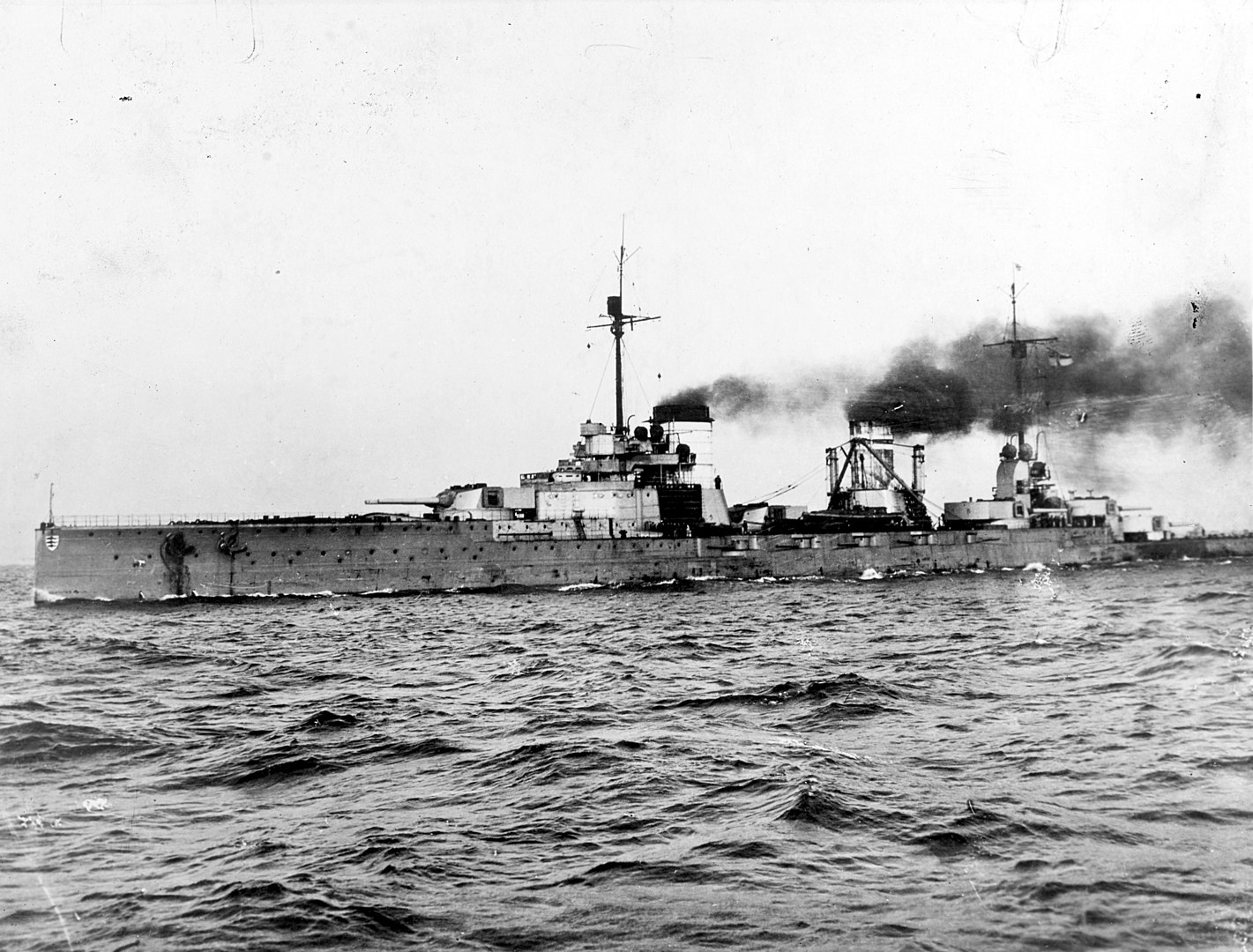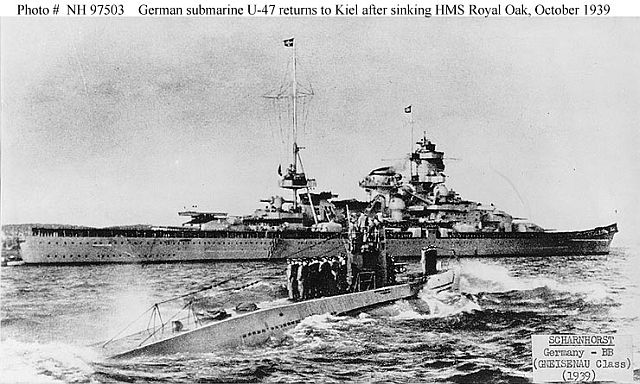
Navy


Seydlitz: Proof of toughness
The ships that came from the shipyards of Imperial Germany were clearly among the best that carried the waters of the oceans. Tough, well-armored ships with excellent artillery were a constant danger to the British naval forces during World War I. Although there were actually only two major battles, the German ships showed that there were juices on which the British fleet could break its teeth quite well. The battle cruiser Seydlitz also took part in both mentioned battles. He was badly damaged in both, but still suffered a humiliating self-sinking in Scapa Flow.

The fight with wooden swords – missed opportunity for German submarines in the Norwegian campaign
U 53 - A stormy journey to America during World War II
Territorial Commands
Fleet Forces
Submarines Fleet

Security Forces

Land Formations

Other
Join us
We believe that there are people with different interests and experiences who could contribute their knowledge and ideas. If you love military history and have experience in historical research, writing articles, editing text, moderating, creating images, graphics or videos, or simply have a desire to contribute to our unique system, you can join us and help us create content that will be interesting and beneficial to other readers.
Find out more